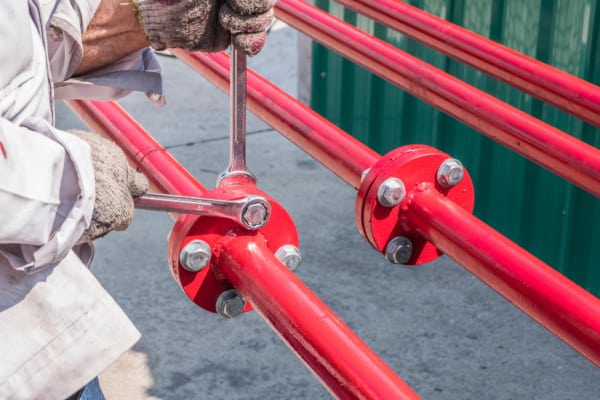#150 – Guide to Dry Sprinkler Systems, Part 2: Components and Installation
With additional control equipment and air pressurization devices not found in wet sprinkler systems, installing a dry sprinkler system ups the complexity factor. QRFS explains components and NFPA requirements for installing dry systems in areas prone to freezing.


